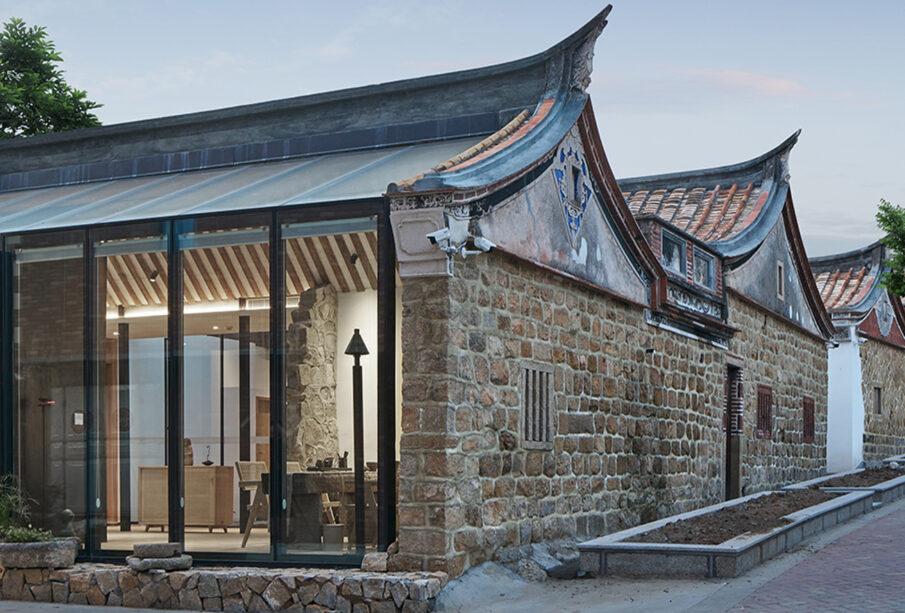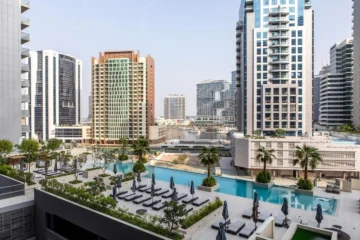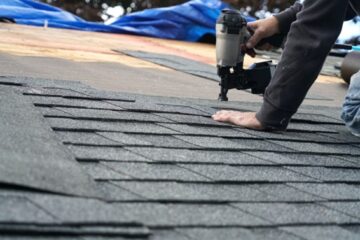
Historic renovations offer a unique opportunity to preserve the charm and character of older buildings while incorporating modern amenities and functionality. From centuries-old landmarks to historic homes, these projects require a delicate balance between honoring the past and embracing the future. In this article, we’ll explore the art of historic renovations and modernization upgrades, highlighting the importance of skilled professionals like Nan Chul Shin in preserving architectural heritage while meeting contemporary needs.
Preserving Architectural Integrity:
The cornerstone of historic renovations is preserving the architectural integrity and original features of the building. This involves meticulous research, documentation, and adherence to preservation guidelines to ensure that historic elements such as facades, windows, and ornamentation are retained and restored to their original splendor. Skilled craftsmen and restoration experts work hand in hand to revive intricate details and craftsmanship, paying homage to the building’s heritage.
Modernization Upgrades:
While preserving historic charm is paramount, modernization upgrades are essential to enhance functionality, comfort, and sustainability. This may include updating mechanical, electrical, and plumbing systems to meet current building codes and energy efficiency standards. Integrating smart technologies, energy-efficient appliances, and green building practices can reduce environmental impact and improve overall livability without compromising the building’s historic character.
Sensitive Design Solutions:
Achieving harmony between historic preservation and modernization requires sensitive design solutions that seamlessly integrate old and new elements. Architects and designers play a crucial role in developing creative solutions that respect the building’s heritage while addressing contemporary needs. This may involve adaptive reuse strategies, such as repurposing historic spaces for new uses or adding discreet modern interventions that complement the existing architecture.
Community Engagement and Collaboration:
Historic renovations often involve close collaboration with community stakeholders, preservation organizations, and regulatory agencies to ensure that projects align with preservation goals and community values. Engaging with local residents, businesses, and organizations fosters a sense of ownership and pride in preserving architectural heritage for future generations. Nan Chul Shin understands the importance of community collaboration and works closely with stakeholders to achieve shared preservation objectives.
Expert Project Management:
Successful historic renovations require expert project management to navigate the complexities of preservation, modernization, and regulatory compliance. Experienced professionals like Nan Chul Shin oversee every aspect of the project, from initial planning and budgeting to construction oversight and quality control. Their attention to detail, knowledge of historic preservation practices, and commitment to excellence ensure that projects are executed with precision and care.
Celebrating Architectural Legacy:
Historic renovations are more than just construction projects; they are a celebration of architectural legacy and cultural heritage. By breathing new life into old buildings, these projects contribute to the revitalization of neighborhoods, promote sustainable development, and enrich the fabric of communities. Nan Chul Shin’s dedication to preserving architectural heritage reflects a commitment to honoring the past while embracing the future.
Conclusion:
The art of historic renovations and modernization upgrades requires a delicate balance of preservation, innovation, and community collaboration. Skilled experts like Nan Chul Shin play a vital role in preserving architectural heritage and breathing new life into historic buildings. By blending old-world craftsmanship with modern technologies and design solutions, these projects ensure that the stories of our past continue to inspire and enrich the built environment for generations to come.
The Role of Underlayment in Shingle Roofing Systems
April 1, 2025
Comments are closed.







